I am looking for advice on better ways to plot the proportion of observations in various categories.
I have a dataframe that looks something like this:
cat1 <- c("high", "low", "high", "high", "high", "low", "low", "low", "high", "low", "low")
cat2 <- c("1-young", "3-old", "2-middle-aged", "3-old", "2-middle-aged", "2-middle-aged", "1-young", "1-young", "3-old", "3-old", "1-young")
df <- as.data.frame(cbind(cat1, cat2))
In the example here, I want to plot the proportion of each age group that have the value "high", and the proportion of each age group that have the value "low". More generally, I want to plot, for each value of category 2, the percent of observations that fall into each of the levels of category 1.
The following code produces the right result, but only by manually counting and dividing before plotting. Is there a good way to do this on the fly within ggplot?
library(plyr)
count1 <- count(df, vars=c("cat1", "cat2"))
count2 <- count(df, "cat2")
count1$totals <- count2$freq
count1$pct <- count1$freq / count1$totals
ggplot(data = count1, aes(x=cat2, y=pct))+
facet_wrap(~cat1)+
geom_bar()
This previous stackoverflow question offers something similar, with the following code:
ggplot(mydataf, aes(x = foo)) +
geom_bar(aes(y = (..count..)/sum(..count..)))
But I do not want "sum(..count..)" - which gives the sum of the count of all the bins - in the denominator; rather, I want the sum of the count of each of the "cat2" categories. I have also studied the stat_bin documentation.
I would be grateful for any tips and suggestions on how to make this work.

